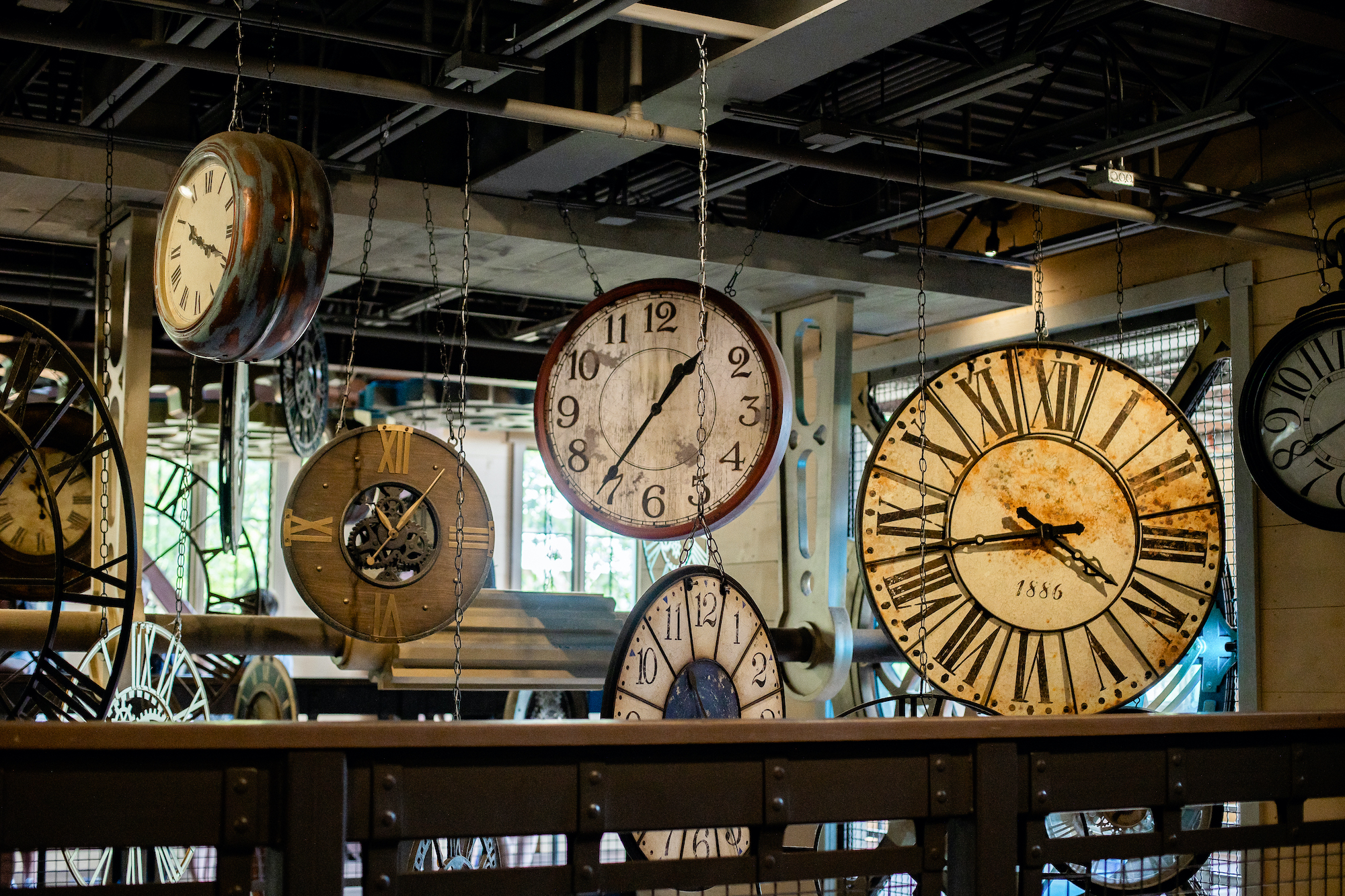With momentum building, the first curve sends passengers spinning front-to-back, disorienting any sense of direction and offering no mercy, before plunging straight down into the abyss. A diving loop, followed by a zero-gravity roll, both at hurling speed, challenges dimension awareness, as the backdrop of trees and sky blends into one big blur. Then, after twisting, turning, inverting, and dropping, it’s over. The roller coaster, designed to simulate an experience of traveling forward and backward through time and space, finally halts.
The $26 million record-breaking roller coaster, appropriately named Time Traveler, is an adventure, spanning time in more ways than one. A modern-day engineering marvel aimed at the current generation of thrill-seekers, the time-machine coaster ironically sits in the middle of a late 1800s-styled theme park.
The History
It’s known as Silver Dollar City, a name stemming from the practice of making change with actual silver dollar coins back when the park opened in 1960. In truth, however, Silver Dollar City’s conception began well before opening day.
As far back as the 1800s, explorers were intrigued by a huge cave located at what is now the park’s entrance. By the 1940s, it was known as Marvel Cave, and adventurous tourists waited in line to be lowered by bucket into the depths below—a slow process requiring many to wait their turn. The young couple who founded the park, Hugo and Mary Herschend, brought in craftsmen to exchange their goods and trades and entertain the crowds.
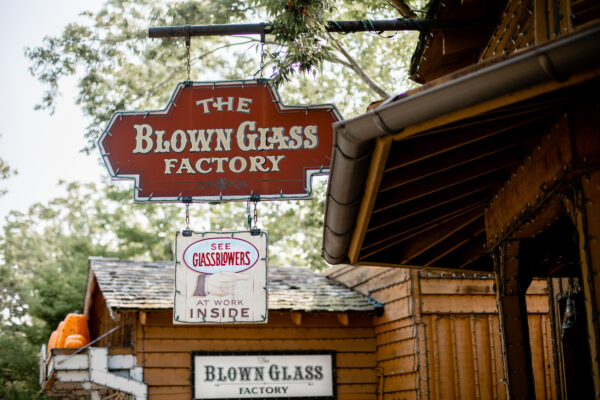
Today, the unassuming yet nationally known theme park no longer hands out silver dollars, and although the cave still remains, world-class adventure rides are what thrill seekers wait in line for. However, Silver Dollar City is also known as the Home of American Craftsmanship, a title officially given by U.S. Congress in 2010, and it’s the craftsmen who are front and center.
“Adhering to our roots while still looking at tomorrow’s generation—that’s what keeps us relevant,” stated Silver Dollar City’s Publicity Director Lisa Rau.
That strategy is how Silver Dollar City manages to perfectly unite old with new, past with present, and more importantly, parents with kids, and grandparents with grandkids. They are in the business of connecting generations.
Preserved like the Ozark Mountains, the park celebrates an era and creates a culture reminiscent of days gone by: when families completely depended on each other, and communities depended on families.
The Heritage
Heritage crafts, trades, and arts—characteristic of America’s history, and passed down from one generation to the next—are slowly disappearing behind a world of mass production and technology. Silver Dollar City invites guests to rediscover the former days, highlighting everything from blowing glass through a pipe extending deep into a 2,000-degree furnace, to hewing logs and hand-crafting furniture in an 1800s-style workshop powered completely by a series of pulleys, belts, and gears.
Entering through the gates is like stepping into a movie set dating back a century or more. The 110-acre park nestled within the woods weaves guests through old-time storefronts with cleverly created signs, sights, and sideshows. Woven into the rustic landscape are themed roller coasters, thrilling water rides, eateries, and one-of-a-kind shops—all brilliantly blended together like chapters in a good book.
Right away, you’ll notice that Silver Dollar City is not flat. From the top entrance where one might catch a bluegrass band or fiddler, the path immediately heads down, winding past a log-hewer, a blacksmith shop, a candy shop, and a working water mill used to grind wheat for fresh homemade bread and cinnamon rolls. In fact, most of the park’s food is made from scratch, prepared by hand, and might even be traced back to a grandmother’s kitchen.
Step inside Hazel’s Blown Glass Shop and walk through to the backside, where every day, second-generation glassblowers like Shawn Watt and Tim Aldridge invite you into their workshop. The large, spacious setting, with two glowing furnaces, offers visitors an up-close look at the glass-blowing trade in real time. While blowing a glob of glass into a magnificent vase or bowl, the duo work together like a tag team of true craftsmen, moving effortlessly through the process, all the while entertaining fascinated onlookers with an explanation of every step. Their beautiful works of art today were essential products of their era. Jars for canning, bottles for medicines, even windows for entire houses—each were once produced from glass-blowers and their trade.
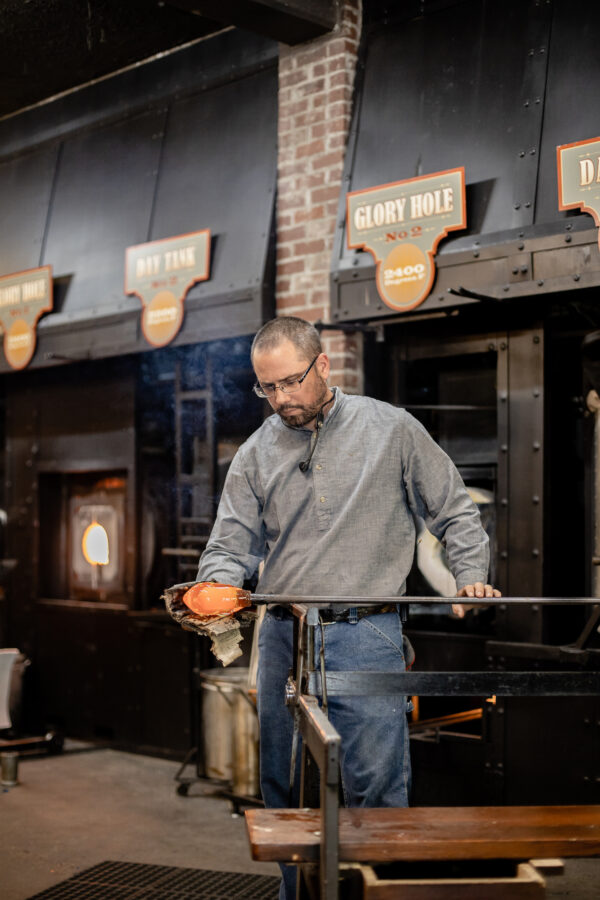
of glassblowing to Silver Dollar City attendees who visit the workshop. (Laken Copeland)
Around the corner, visitors will meet Jeff Walker, a master craftsman in the skill of pottery. With literally a lifetime of experience, Walker is nationally recognized for his talent. An impressive pottery shop highlights his work, but guests can come in throughout the day and catch him on the wheel himself, shaping up something new, and offering some fascinating facts about creating a colorful glaze or mixing the perfect recipe of natural compounds. Walker is passionate about passing down his trade, which is partially art today but yesterday was utilitarian.
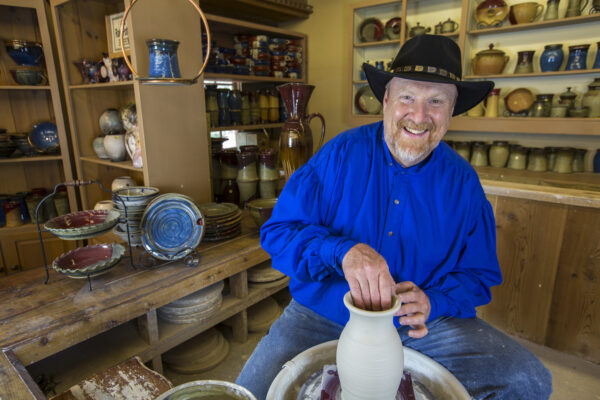
Dennis Smith is a knifemaker. His skill in blacksmithing led him to begin forging knives out of old railroad spikes. The learning curve led him to handcraft steel-layered Damascus knives, many of which are collector’s items. He prides himself in his work, determined to do the best job he can with every knife created, whether novelty or specialty. In his small shop showcasing beautiful knives, every piece reflects meticulous hand-garnered detail: a statement of quality in both craftsmanship and character.
The Entertainment
Watt, Aldridge, Walker, and Smith are just four of the more than 100 master craftsmen in the Silver Dollar City artisan family. With the annual October Fall Harvest Festival, however, the grounds are packed with even more award-winning craftsmen, legendary cowboys, and talented artists with nationally recognized work.
Commenting on the uniqueness of bringing all of these artisans into one setting, events manager Kelly Eutsler stated, “Many art fairs highlight the finished products, but our festival is long-known for showing how the crafts are actually created.”
The concept reaches beyond simple education or entertainment. History comes to life in watching how something is made. The demonstration of an art or craft reminds us of our heritage, and although the trade might be lost to time and manufacturing, the values inherent in that era remain timeless.
Those timeless virtues of morality, integrity, and hard work are rooted deep into the framework of old-school America. Catching a glimpse of those days fascinates onlookers and reawakens an appreciation for what they represent.
As knife maker Dennis Smith explained, “I think it is a form of nostalgia—maybe not for an exact time or era, but just for a time when things were simpler, things were handmade, when nobody had ever heard of planned obsolescence, and when many of your possessions would be passed down to your survivors.”
Passing things down from previous generations is Silver Dollar City’s story, but not without the excitement of some modern-day thrills. Loops, drops, twists, and turns can be experienced onboard one of the park’s breathless roller coasters like Wildfire, Outlaw Run, or Time Traveler, and whitewater rides like American Plunge or Mystic River Falls are not to be missed.
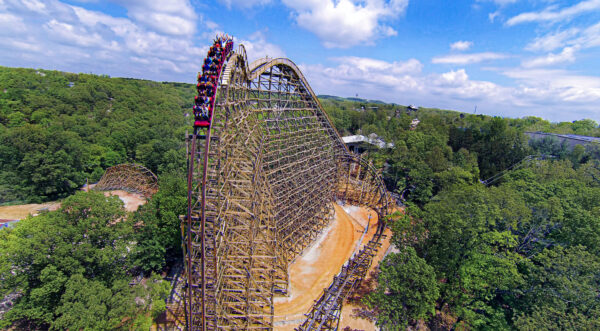
Although it might be unusual for an 1800s-style park to carry some high-flying roller coasters and fast-moving water rides, long-time employee and food-and-beverage director Sam Hedrick stated, “When you come to Silver Dollar City, you need to put all other preconceived ideas about amusement parks behind you.”
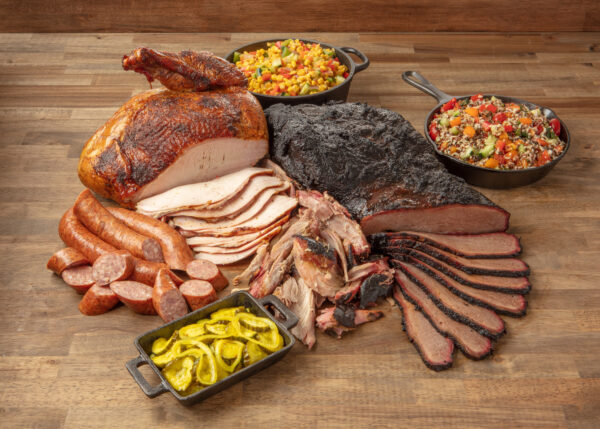
As you make plans for your next destination, consider hopping on the equivalent of a time machine, winding and rolling through the Ozark Mountains to arrive at Silver Dollar City and the 1800s. It’s a place where experiences and live demonstrations are real, not virtual; where culture and character are fostered and developed; and where individuals, friends, and families can make a memory worth repeating—so much worth repeating, they probably will.
Kelly lives in the Ozarks, enjoying nature’s playground of lakes, rivers, trees, and trails. Camper, hiker, kayaker, and cycler, she loves spending time in God’s outdoor creation, and when inside, can be found teaching couples to dance.

